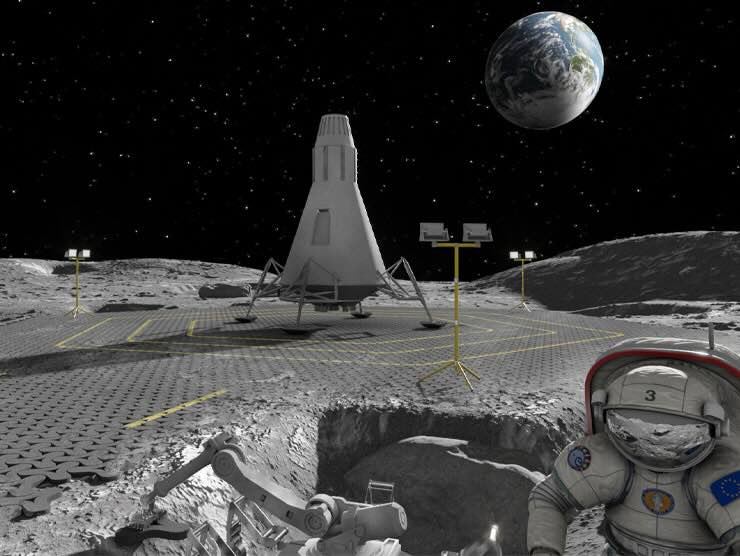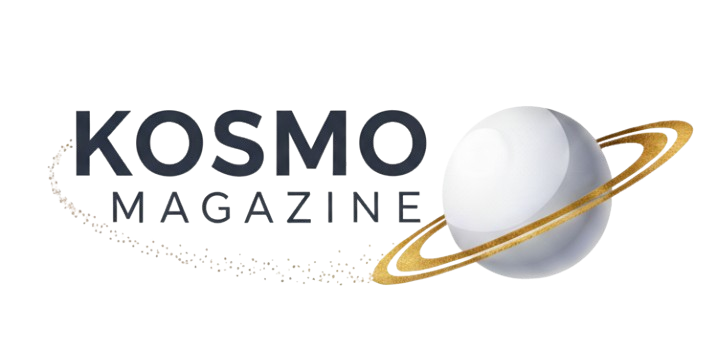We met Juan Carlos Ginés Palomares, Aerospace Engineer, Assistant Researcher and Project Manager of the SoMo project at Technical University of Berlin (Germany). The goal of the SoMo project is to propose an innovative method for producing solar cells directly on the Moon. To be precise, lunar regolith would be used almost exclusively as a raw material. Clearly, producing solar cells on the lunar surface would result in significant savings in transportation costs.
Furthermore, Palomares is also working on another revolutionary project, the goal of which is to create pavement on the Moon. In particular, the dream is to build a road on which spacecraft can land, eliminating the problem caused by lunar dust. To read the official publication of the research click HERE.
Your main objective is building roads on the Moon, using the Solar energy and lunar materials. How did you manage to perform the experiment on the Earths with a high-power CO2 laser? Does the laser have the same power of as Solar energy?
In laboratory experiments, a laser beam has been used to replicate a beam of concentrated sunlight for heating, and a regolith simulant has been employed to replicate the material of the moon. The laser has been guided over a bed of lunar regolith simulant which resembles the lunar ground and by programming the path followed by the laser, different geometrical structures has been produced. The team suggests the use of a Fresnel lens as a solar concentrator on the moon, due to its simplicity and low weight. In this way, only sunlight and lunar regolith would be used. The lens proposed in the study would achieve the same power output on the focal area, but other parameters such as the wavelength of the light would be different than the CO2 laser. And while there are other projects using solar concentrators for lunar applications, what we found out is that a larger area of irradiation will have better results than smaller areas.

Credits: PAVER consortium/LIQUIFER Systems Group
How will it be possible to fuse the lunar regolith directly on the Moon? I’ve read that mirrors might be enough. Therefore, can mirrors be as precise as lasers?
We suggested the use of Fresnel lens for its simplicity and relatively low wait for such a large object. The use of parabolic mirrors can be valid as well, but they are normally more complex to operate and due to its design, they can produce shadows that reduce the solar collection area.
You are also the manager of SoMo project. How do you plan to create Solar cells directly on the Moon? I’ve read that, for every KW, 233 kg of regolith, 1.1 kg of aluminum and 0.002 kg of zinc would be needed.
In SoMo we are studying the manufacturing of solar panels with glass made from the lunar regolith. When the lunar regolith is molten and then cooled down appropriately, glass sheets can be produced. By applying a technique called crystalline silicon synthesis, we aim to produce a layer of pure silicon on the glass sheet, which can serve as a precursor of a solar cell. With the technology of SoMo, the necessity to bring raw materials from Earth to the Moon for the manufacturing of solar cells would be drastically reduced and therefore, the power supply costs of the lunar missions.
How did your passion for the Moon begin? What do you think the Moon will be like in 50 years? Will there be houses, roads and lunar tourism?
Ever since I was a child, I have been inspired by the adventures of the explorers of the most remote places on Earth and the astronauts and scientists who participated in the space race of the last century. Looking at the sky and trying to understand the vastness of space is still a source of motivation, I want to help to understand what is “out there”.
As for the future of lunar exploration, I hope that 50 years from now, the establishment and construction of lunar bases will have enabled long-term research on the moon by astronauts. May we make the moon a place where scientists from all over the world can contribute to expanding our knowledge of our moon, the Earth, and the limits of mankind.
- Cover image: Juan Carlos Ginés Palomares (central photo: tu.berlin); side photo: PAVER consortium/LIQUIFER Systems Group

